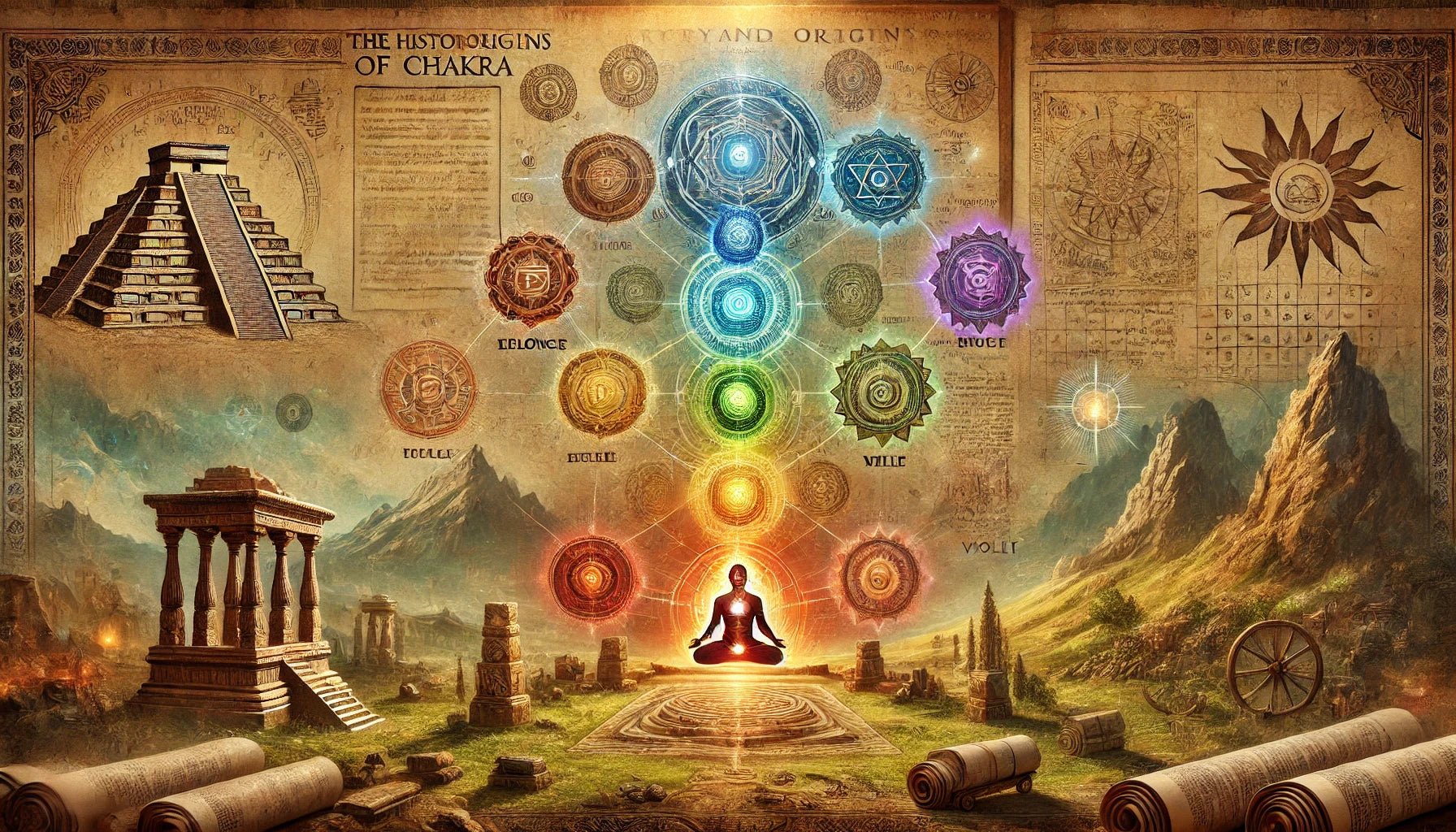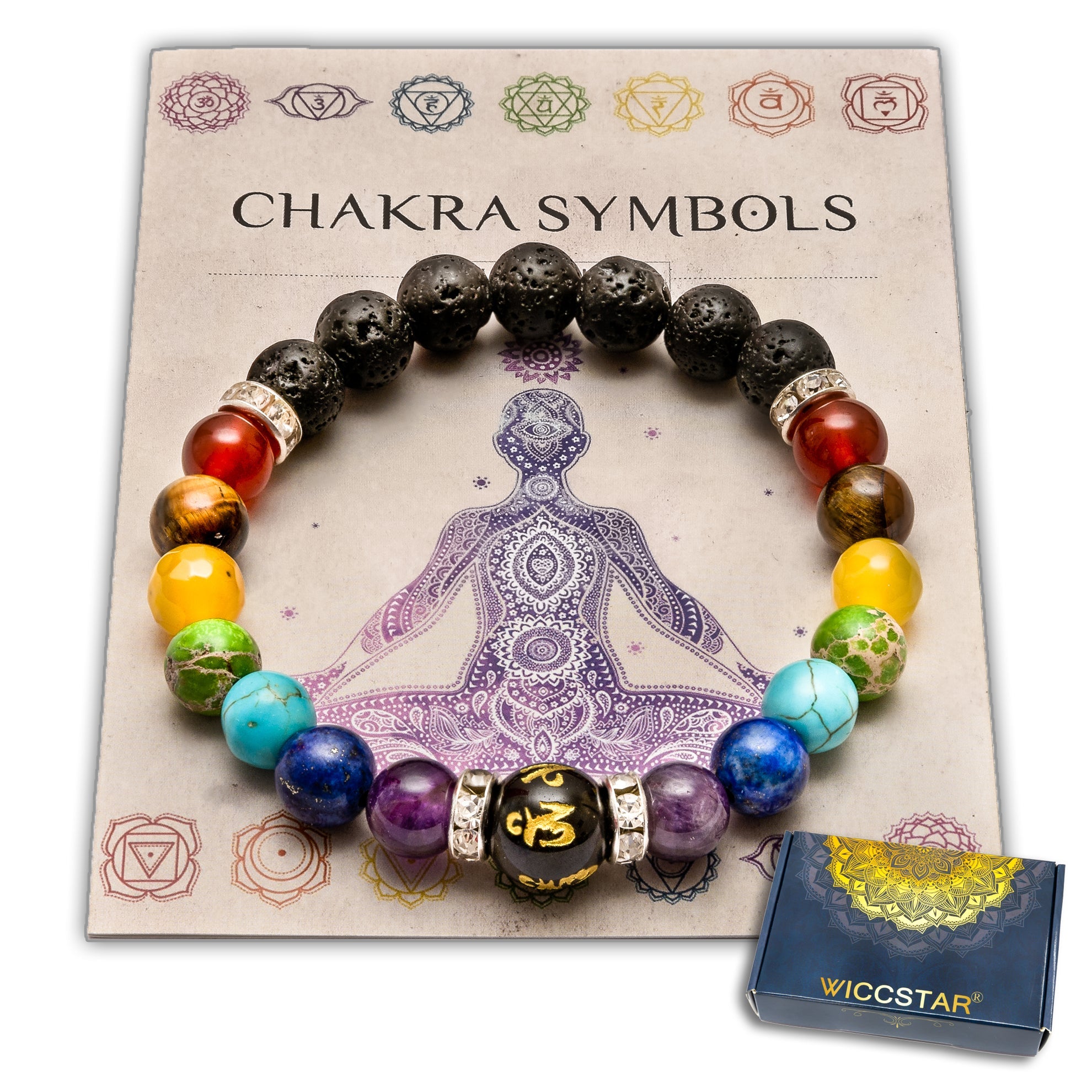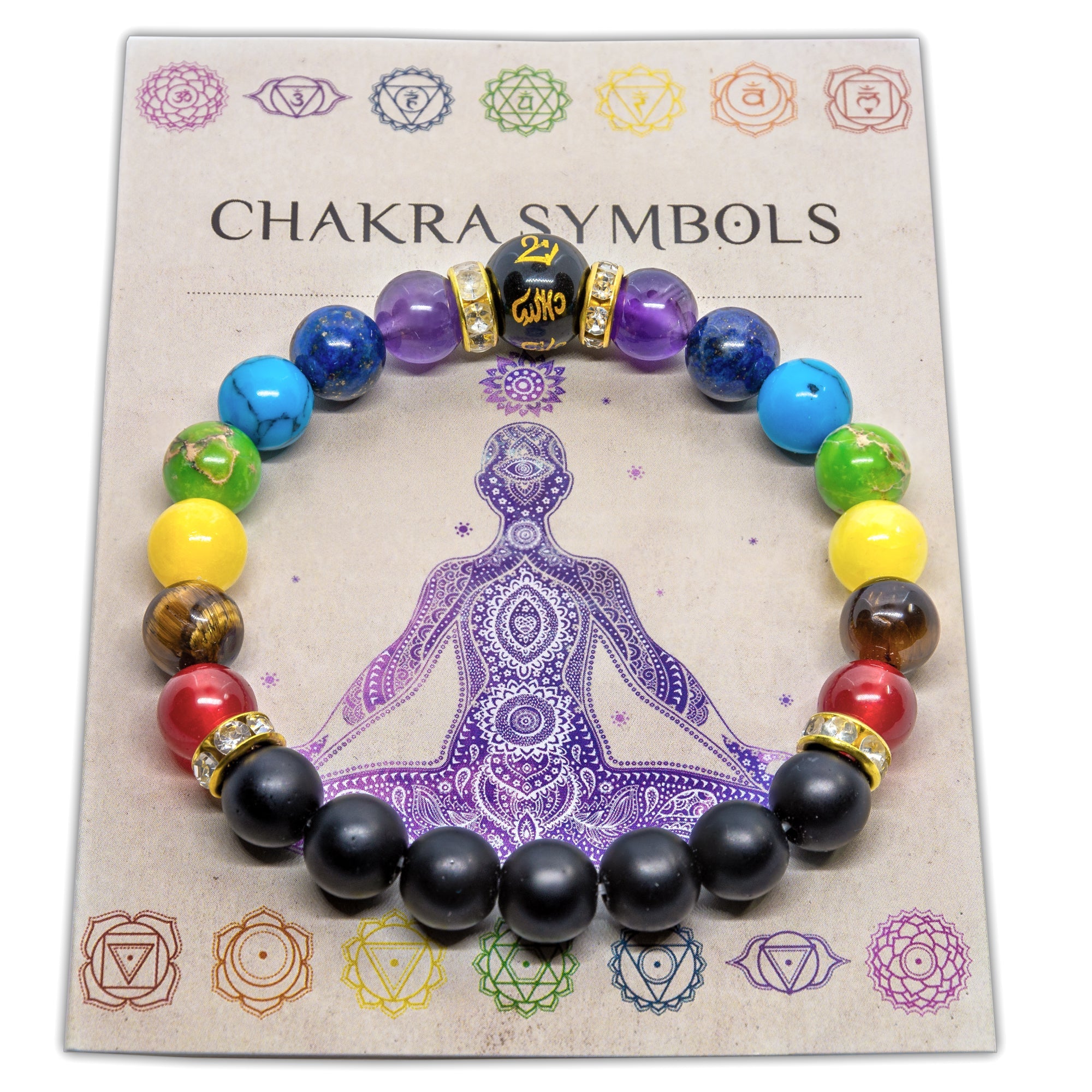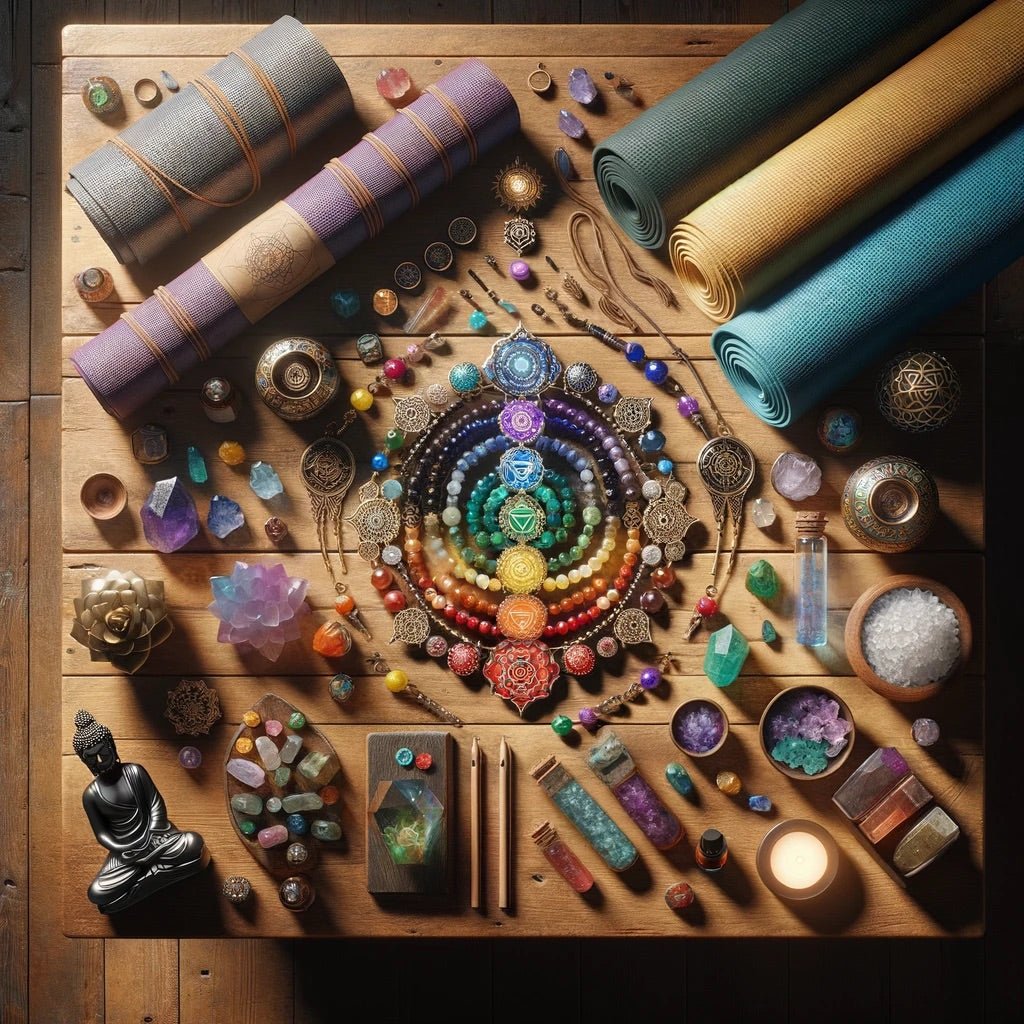
The History and Origins of Chakra Theories: A Journey Through Time
For many in the field of wellness and spirituality, the idea of chakras has captured their curiosity. Originally anchored in ancient Eastern philosophies, these energy centers—which provide a whole approach to health and well-being—have made their way into modern wellness programmes. We shall explore the historical and cultural roots of chakra beliefs in this blog article as well as their applicability in the health scene of today.
The "Upanishads," mystical and philosophical works included in the Vedas, first reference to chakras. One of the first and most thorough expositions of the chakra system, the 16th-century book "Shat-Chakra-Nirupana" describes six main chakras found throughout the spinal column, each linked with particular physical, emotional, and spiritual purposes.
From the root chakra (Muladhara) at the base of the spine to the crown chakra (Sahasrara), Tantric books unveiled the seven-chakra system most usually known today. Reflecting a whole knowledge of the energy dynamics of the human body, each chakra is connected with certain elements, colours, sounds, and deities.
Though it emphasises meridians rather than chakras, traditional Chinese medicine (TCM) nevertheless integrates a similar knowledge of energy movement inside the body. The ideas of Qi (life force energy) in TCM and Prana in Indian traditions underline a common understanding of the need of energy in preserving health and well-being.
Modern wellness uses guided meditations, crystal healing, sound treatment, and aromatherapy to help one visualise chakras. Every chakra is supposed to match certain mental and physical problems; balancing them is supposed to bring about general wellness. Practices emphasising the heart chakra, Anahata, help to heal emotional scars and promote good relationships; this chakra is linked with love and compassion.
Chakra theories essentially represent a profound and timeless knowledge of human nature and the search for peace, which reflects in essence These old ideas are still essential in the worldwide conversation on wellness and spiritual growth even as they change and fit modern settings.
Vedic Tradition Origins: Ancient Years
The idea of chakras began in the ancient Indian spiritual traditions, especially in the Vedas, a body of work written between 1500 and 500 BCE. Foundational to Hindu philosophy, these holy books explain the concept of chakras as centres of energy within the human body. Originally Sanskrit, the name "chakra" itself denotes the spinning energy centres by use of the Sanskrit word for "wheel," or "disc.The "Upanishads," mystical and philosophical works included in the Vedas, first reference to chakras. One of the first and most thorough expositions of the chakra system, the 16th-century book "Shat-Chakra-Nirupana" describes six main chakras found throughout the spinal column, each linked with particular physical, emotional, and spiritual purposes.
Development Within Tantric Traditions
The idea of chakras changed along with Indian spiritual traditions. Rising in the fifth century CE, the Tantric traditions helped to refine the chakra system. Emphasising the junction of the divine male and feminine forces, Tantra is a sophisticated and varied collection of techniques and ideas. Within this paradigm, chakras were seen as focus places for meditation and yogic activities meant to activate the kundalini, a latent spiritual force coiled at the base of the spine.From the root chakra (Muladhara) at the base of the spine to the crown chakra (Sahasrara), Tantric books unveiled the seven-chakra system most usually known today. Reflecting a whole knowledge of the energy dynamics of the human body, each chakra is connected with certain elements, colours, sounds, and deities.
Impact on Different Cultures
Though they are mostly connected with Indian spiritual traditions, chakras have effect on different cultures and spiritual activities. Advanced meditation techniques and the visualisation of subtle bodily energy pathways depend critically on the idea of chakras, or "tsa-rLung," in Tibetan Buddhism.Though it emphasises meridians rather than chakras, traditional Chinese medicine (TCM) nevertheless integrates a similar knowledge of energy movement inside the body. The ideas of Qi (life force energy) in TCM and Prana in Indian traditions underline a common understanding of the need of energy in preserving health and well-being.
Modern Wellness Practices: Chakras
The age-old knowledge of chakras has lately found a place in many contemporary health programmes. Chakra theories are used in yoga, meditation, Reiki, and holistic treatment to advance both physical and emotional as well as spiritual wellness. These techniques' increasing appeal in the West has sparked fresh curiosity about and balancing of chakras.Modern wellness uses guided meditations, crystal healing, sound treatment, and aromatherapy to help one visualise chakras. Every chakra is supposed to match certain mental and physical problems; balancing them is supposed to bring about general wellness. Practices emphasising the heart chakra, Anahata, help to heal emotional scars and promote good relationships; this chakra is linked with love and compassion.
Chakra Theories: Their Continual Legacy
Chakras' all-encompassing approach to health and spirituality is their continuing popularity. Chakra theories provide a whole paradigm for human development and healing by addressing the connectivity of mind, body, and spirit. Through old books or contemporary health techniques, the path of discovering and balancing chakras never fails to inspire and change life all around.Chakra theories essentially represent a profound and timeless knowledge of human nature and the search for peace, which reflects in essence These old ideas are still essential in the worldwide conversation on wellness and spiritual growth even as they change and fit modern settings.













Leave a comment
This site is protected by hCaptcha and the hCaptcha Privacy Policy and Terms of Service apply.